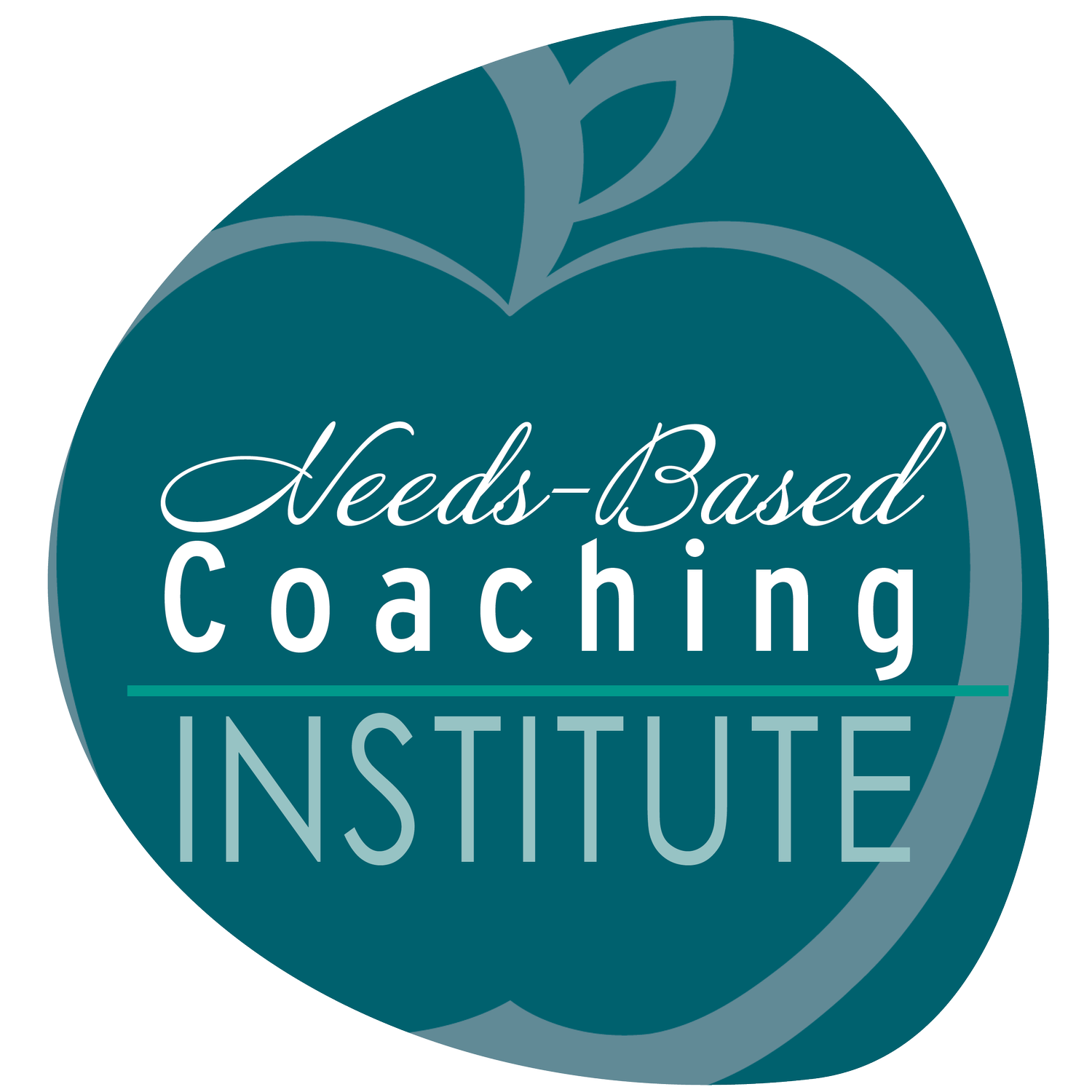Teaching and giving advice vs coaching
Isn’t it so easy to know? To see what’s going on. To look at your client and think: “You need this piece of information!”
But this is not what your client came for. Certainly not in Needs-Based Coaching. They didn’t book a session to get advice unless they really ask for this. They come to experience themselves, to connect with themselves, and not to walk away with a bag full of homework.
This is what they would hire a consultant for. To transfer information to them about best practices, eye-opening TED talks, and research findings. But they didn’t see a consultant. They sought a coach.
If we as coaches resort to the consultant’s or specialist’s role, it’s not just a waste of precious time, it’s also counterproductive. Moving into teaching disturbs the trust needed for the client to allow being honest and for the coach to accompany them. It can come as a shock for the client if the coach steps out of the dance and becomes the dance teacher. Instead of seeing the client as resourceful and being curious about them, the coach sends a signal that they know better. Ouch.
And, hand on the heart, it happens. That’s when we need to step into a repair process immediately. It could sound like this:
“Gosh, I just noticed I started teaching you Nonviolent Communication/ brain science/ …… I didn’t even ask if you were interested in hearing it; for a moment I just behaved as if I knew better. How was that moment for you?”
And as in any repair, it’s about receiving the client, never about explaining or justifying why you said what you did. Even if the client says they didn’t notice, or no problem, it makes a difference when you let them know you stepped out of your coach’s role. It makes it clear that you’re back again.
#coachingpractice #coaching #progress #ReflectAndGrow #NonviolentCommunication #NVC #getprofessional #becoming #icf
